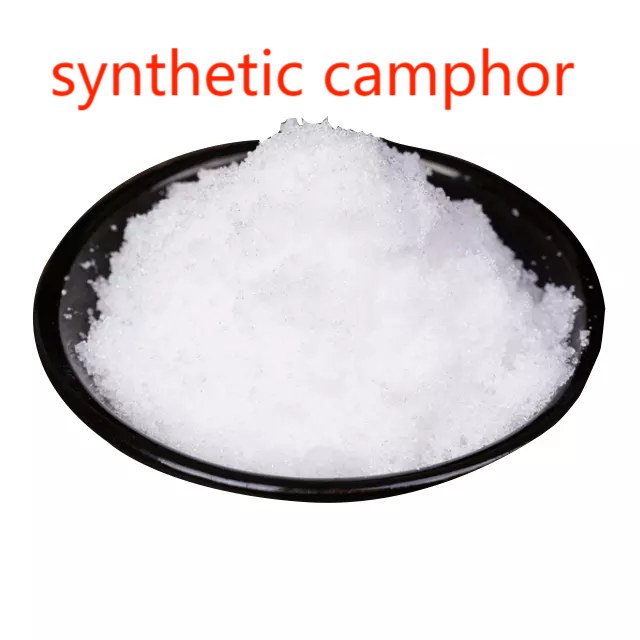The Development Of Camphor
Camphor, a white, crystalline substance with a strong aroma, has a long and diverse history. Its use can be traced back thousands of years across different cultures and regions.Ming Dynasty Li Shizhen "Compendium of Materia Medica" recorded: "camphor out of Shaozhou, Zhangzhou, like the dragon, white as snow, camphor tree fat paste." After Zheng Chenggong recovered Taiwan in the late Ming Dynasty, camphor industry began to spread to Taiwan. In 1863, camphor was sold abroad. With the rapid development of celluloid industry, natural camphor is in short supply. In the early 20th century, industrial synthesis of camphor was first studied in Germany using pinene in turpentine as raw material. China began producing synthetic camphor in the mid-1950s. The annual consumption of camphor in the world is about 10,000 tons. The international trade volume is about 0.7 to 0.8 million tons per year. China's exports account for about half of world trade each year.
1.Ancient Beginnings: Camphor has been used for over 2,000 years in traditional Chinese and Ayurvedic medicine. In ancient times, it was primarily derived from the wood of the camphor tree (Cinnamomum camphora) native to East Asia.
2.Trade Routes: The demand for camphor led to the establishment of extensive trade routes. Arab traders brought camphor from Southeast Asia to the Middle East, while Europeans sought it through the Silk Road.
3.Medicinal Uses: Camphor has been traditionally used as a remedy for various ailments. It was applied topically for pain relief, to treat respiratory issues, and as a component in salves and ointments.
4.Religious and Cultural Significance: Camphor holds religious importance in Hindu, Chinese, and other spiritual traditions. It is used in rituals, ceremonies, and as an offering to deities. Burning camphor is believed to purify the environment and drive away negative energies.
5.ndustrialization: With the advent of modern chemistry, synthetic camphor production was developed. This process involves the synthesis of camphor from turpentine oil or other sources. Synthetic camphor became widely available and affordable.
